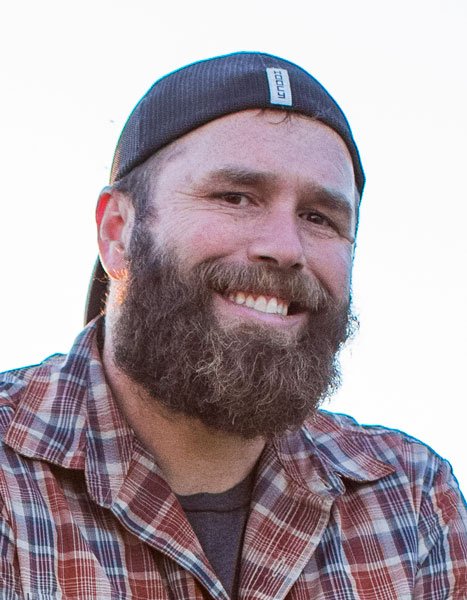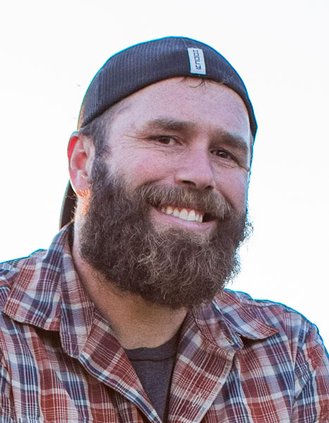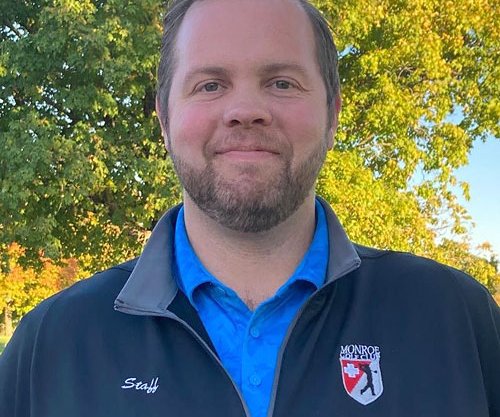As you well know, we made the decision to sell our herd of dairy cows earlier this year — back in February of 2024.
Sure, there were personal reasons — I had promised myself years ago that I would not milk cows after age 40, but the decision was heavily based in the economic realities that now define dairy farming. In 2008 when I returned home to Wisconsin after college, I designed a low-cost, low-overhead dairy operation with an extremely low breakeven point. By 2017, and certainly by 2020, the cost of production had nearly doubled.
Without changing anything, the cost of producing a gallon of milk had doubled, and was barely below the price being paid to farmers, and at times, higher. Imagine working a full-time job and losing money while doing so! By 2018, at a time when Wisconsin was leading the nation in farm bankruptcies, we were facing a crisis of our own: Either sell out, get bigger, or think of something else — and fast.
Behind closed barn doors, there is a common knowledge amongst farmers that is quietly whispered, and even more quietly acknowledged, and that is: Bigger is not always better. Expanding a dairy herd does not magically create profitability. Rather, expansion comes at the cost of more overhead, greater labor costs, more feed to stockpile, more manure to get rid of, rules and regulations to comply with — more headaches. Many farmers expand and take on more because they think they have to, rather than because they want to. Or, because the notion of expansion has been sold to them by glossy-paged agricultural publications or financial lenders or so-called “experts”. By the time the farmer recognizes that expansion has actually translated to economic entrapment, it is too late to get out.
In 2018 when we were facing the choice of ‘Get Big or Get Out’, we instead took advantage of our unique situation and diversified into agricultural tourism with the simple notion of opening our doors, welcoming people from urban markets to the farm, providing them with an authentic and educational experience, and sending them home with a positive impression of what actually happens here in rural America. From the very beginning, it worked.
Put another way: I am generating far more revenue charging people the price of admission to come look at cows, than I ever did milking them.
This is not to brag. Rather, it is a testament to the state of agriculture, and what survival will look like heading into the future. Without question, farms are consolidating. Farms are getting bigger. Modern farms are automated, streamlined, and less diversified than the farms of previous generations.
Long gone from the mainstream is the Old MacDonald operation of childhood nursery rhyme lore, with the iconic red barn and tidy variety of barnyard animals, all looked over by a smiling caretaker in bib overalls.
Ironically, just as agricultural consolidation and industrialization has literally wiped out Old MacDonald, we still use his image to market and sell food products. Why? Because the image of Old MacDonald is safe. People will never stomach the reality of automation in our food supply, especially when it comes to managing animals. So, Old MacDonald will continue to smile well into the future, providing a sense of trust, safety, and comfort to the very system that killed him off.
Agricultural tourism — simply connecting with our consumers — provided a crucial boost in revenue that allowed us to continue farming up to the dispersal sale in February. Going into 2024, the farm has diversified into hosting regular tours, farmstay experiences, and now hosts a herd of more than 20 horses for riding lessons, guided trail rides, and equine-assisted therapeutic experiences.
Selling my herd of cows in February was not the end of anything, so much as it is the beginning of something new. I am beyond proud to announce that very shortly after our dispersal sale in February we connected with a father-son team with their own herd of cows, looking to cash-rent a dairy facility here in Green County. Just one month after our dispersal sale, cows were back on the farm under dedicated management and with rental terms that will allow for economic success; a true win-win.
An AirBnb review from one of our recent guests at the farmstay captures the power of connectivity:
Dan gave a great farm tour: it was educational & engaging & very memorable. We loved ALL the animals but will especially miss Chaz [the horse], Ruthie & Fortune [heifers], all the calves and Oreo the cat. We were thrilled to get to witness baby Lola being born. We loved getting cow kisses and horse hugs. We loved going riding and eating mulberries while on horse-back. We loved being able to help with feeding & milking time. We loved the soft clucking of the hens and the fresh eggs were delicious. We loved walking through the corn fields and watching the fireflies at night. We loved the peaceful, quiet mornings where all we could hear was birds chirping and a soft lowing of cows or whinnying of horses. We loved the beautiful expanse of green around us and all the sights & smells. We made so many wonderful memories that will last a lifetime. This place is so special. We will be back again!
If traditional, privately owned farms are going to have a future, they will have to develop a direct-to-consumer relationship of some sort. What if rather than just presenting it as an image, we could make Old MacDonald’s farm profitable again?
— Dan Wegmueller is the owner of Wegmueller Farms and his column appears regularly in the Times. His website is https://www.farmforthought.org.




